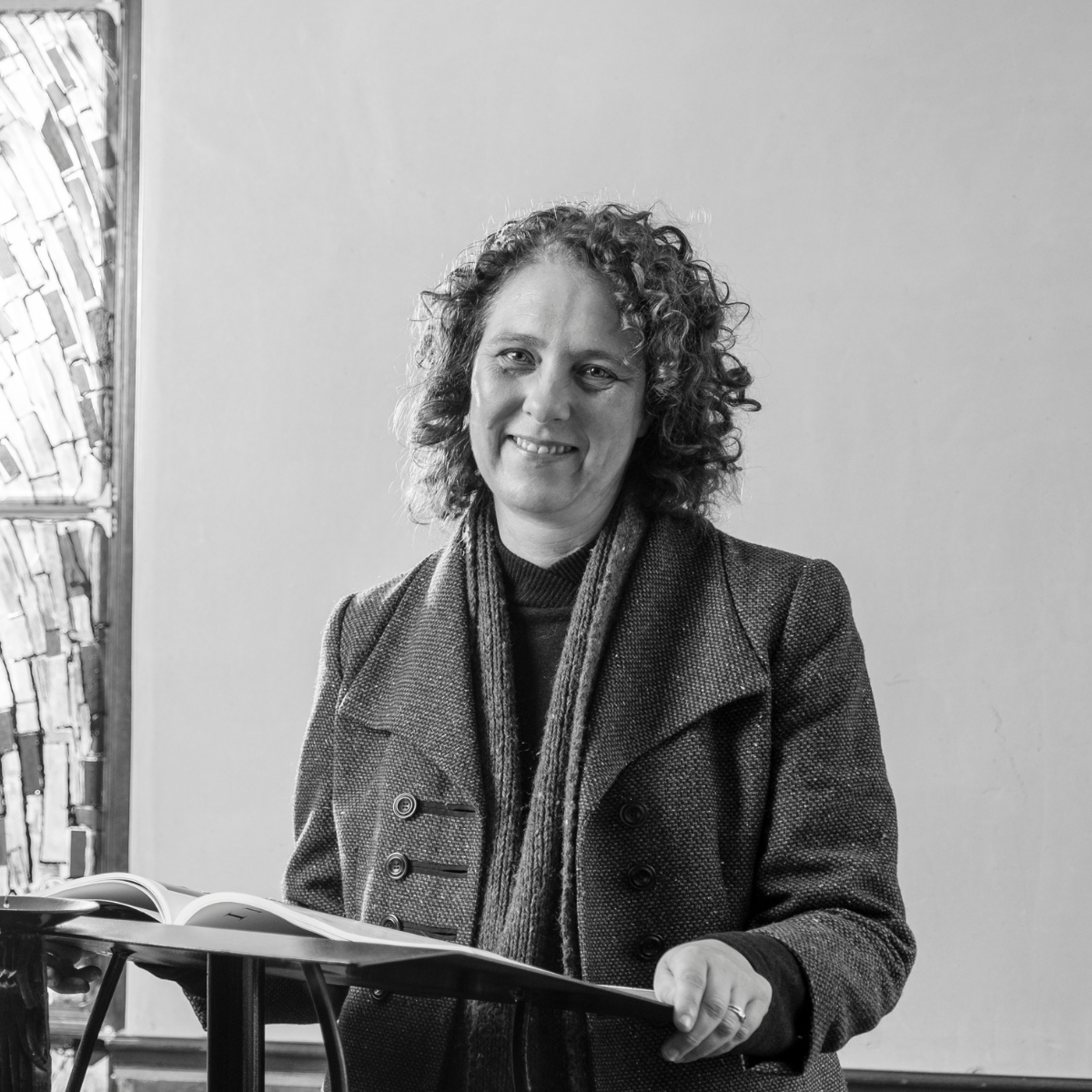Commentary on Isaiah 44:6-8
Trauma theorists tell us that one of the essential steps for trauma victims reconstituting their shattered lives is to repair their narrative identity, i.e., constructing fragments of their former selves into a sense-making narrative.
Isaiah 44:6-8 as part of the larger context of Isaiah 44 seeks to reestablish a new identity for the broken exiles by reminding the exilic community that their own identity should be understood in relation to the character of God. Having received a new name in vv. 1-5, the exiles are reminded that they are witnesses of the Redeemer God. They are called to testify to God’s liberative action in their lives which is a continuation of God’s redemptive action in the past.
The promise of God’s redemptive action to which the trauma survivors are called to witness is a source of great comfort. Speaking to people who have been deeply wounded, the people are consoled with the words: “Do not be afraid” (v. 8). The Redeemer God who has done marvelous things in the past, will once more act to save the exiles from their dire situation.
The image of the redeemer is indeed a powerful image of liberation in Israel’s collective memory. Employing the connotations associated with the institution of the redeemer according to which the closest relative had the obligation to rescue his family member from economic bondage by purchasing the victim from indentured service (Lev 25:47-54), God’s salvific activity is painted in vivid colors. Drawing on God’s redemptive activity in the past, when God redeemed the people out of slavery in Egypt, the image of God as redeemer receives new significance in light of the exile. The exiles are thus encouraged to look to the past but to be open to what the future will bring.
However, in light of everything that the people had gone though, it is understandable that the exiles harbored serious questions regarding God’s ability or God’s willingness to save God’s people. The common belief in the Ancient Near East was that when nations fought, their gods also engaged in battle. After having seen what had happened to their city and its inhabitants, not to talk about the house of God, the only logical conclusion would have been that God had lost the war–that Marduk, the god of Babylon had won. Responding to this profound sense of doubt, Isa 44:6-8 even more strongly asserts that God is the Redeemer God.
In addition, closely associated with the portrayal of the Redeemer God is the overarching affirmation in Isaiah 44 that God is the only God, repeated three times in this short pericope. God alone is the first and the last, or the alpha and the omega as the writer of Revelation many centuries later would formulate this claim (Rev 21:6; 22:13). Referring back to the psalms’ application of rock imagery to denote God as source of protection in times of danger (Pss 18:2; 31-32; 62:7; 94:22), v. 8 proclaims that God is the only Rock–there is no other.
The assertion that God is the only god ought to be understood in terms of the larger context of Isaiah 44 as well as Deutero-Isaiah as a whole. One characteristic of Deutero-Isaiah’s theology is the polemical nature of the prophet’s teaching that tongue in the cheek could be described as “My god is bigger than your god” theology (cf. also a similar theme in Isa 40:18-20 where the question is asked who can be compared with God?)
So one encounters in Isa 44:6-23 a vivid description of idol manufacturing–a detailed and quite humorous account of what one commentator calls a “guided tour of an idol factory” (Blenkinsopp). We read how the prophet makes fun of the creators of these wooden idols (using the same verb to describe the “creative activity” of the idol makers in v. 10 that was used to describe the work of the Creator God in v. 2). These “creators” use one part of a tree to create an idol to which they look for salvation, all the while employing the other part as fuel for a fire to prepare food for dinner. By means of this satire, the prophet wants to say that the idols made of wood and stone are not able to redeem–the one true Redeemer is the Creator God of Israel.
In a multicultural world where people increasingly are living in close proximity to others who do not share their religious beliefs, it is indeed a question of how the appeal to the believer in v. 8 to act as God’s witnesses ought to be understood. In particular, the polemical nature of this text and especially the belittling of the religious beliefs of the other are not very helpful in an environment where religious tolerance is the key to peaceful co-existence. The contentious nature of the prophet’s words is best understood in terms of the trauma the exiles had experienced. Faced with the challenge of living as minorities in a foreign land, fearing assimilation or even annihilation, the intense desire to maintain one’s religious and cultural identity is certainly understandable. However, the lectionary text’s assertion that Israel is called to be God’s witness does not allow the exiles to withdraw in enclaves in a “circling-the-wagons” mentality. This call receives new significance in light of the Servant’s vocation elsewhere in Deutero-Isaiah, according to which the individual or the nation (depending on whether one interprets the servant individually or collectively) is called to be a light to the nations, ministering in justice and compassion to the others with whom the exiles share their world (Isa 42:1-7).
Isaiah 44 offers a good opportunity to talk about issues of identity and otherness, of the challenges and joys of living in a multi-cultural environment. It may be good though to remind one another that one’s struggle for self-preservation does not occur at the expense of one’s vocation to be a witness to God’s salvific work in the world.

July 20, 2008